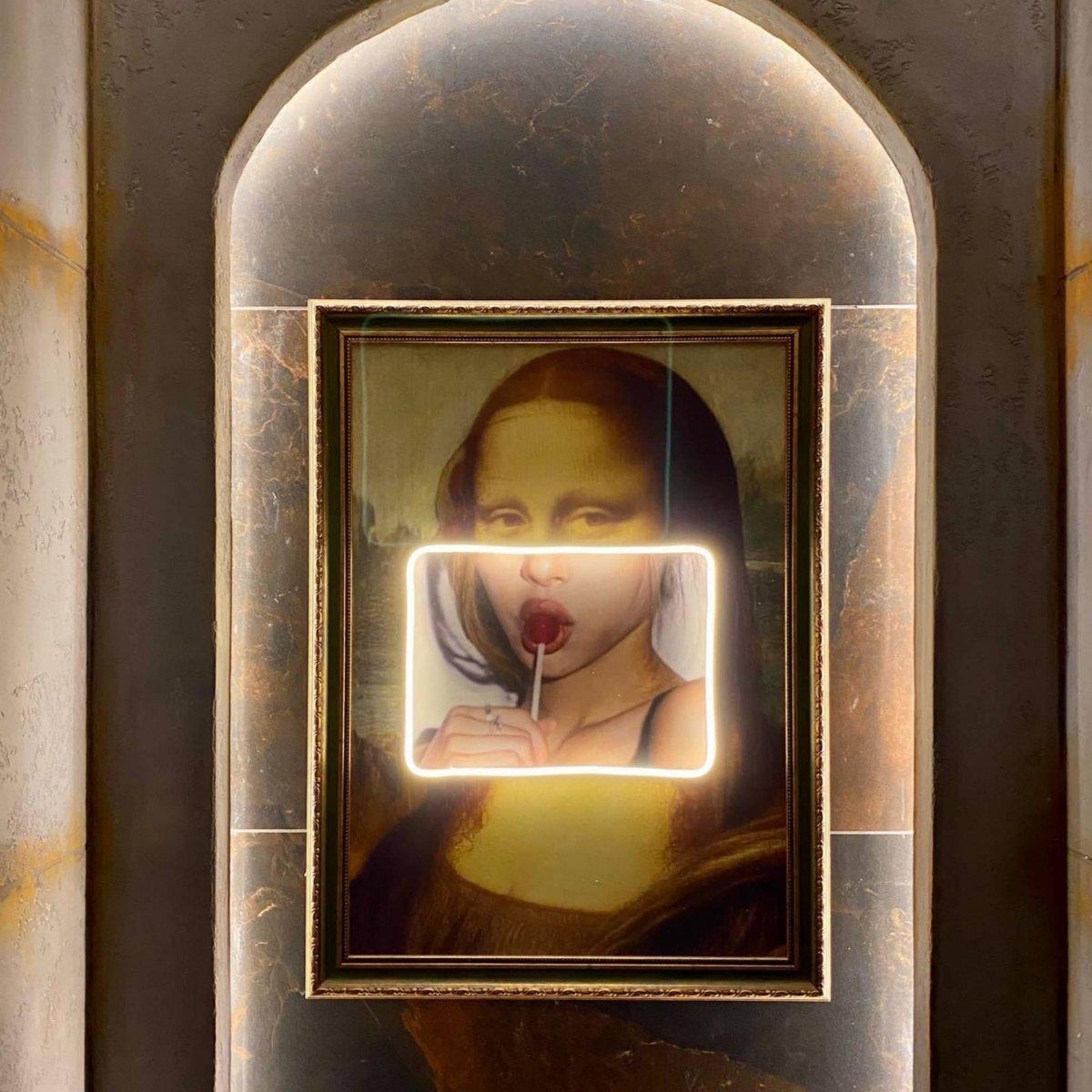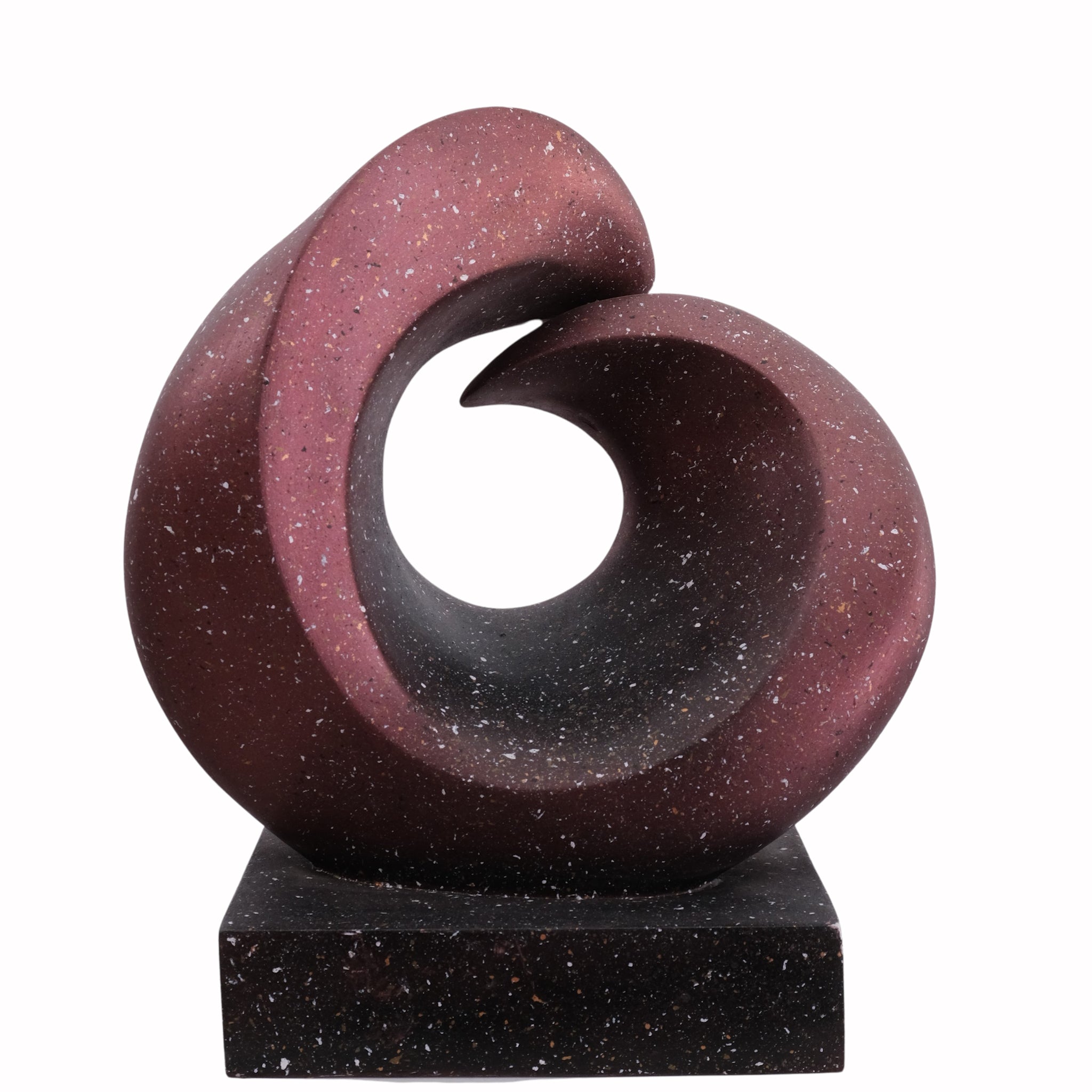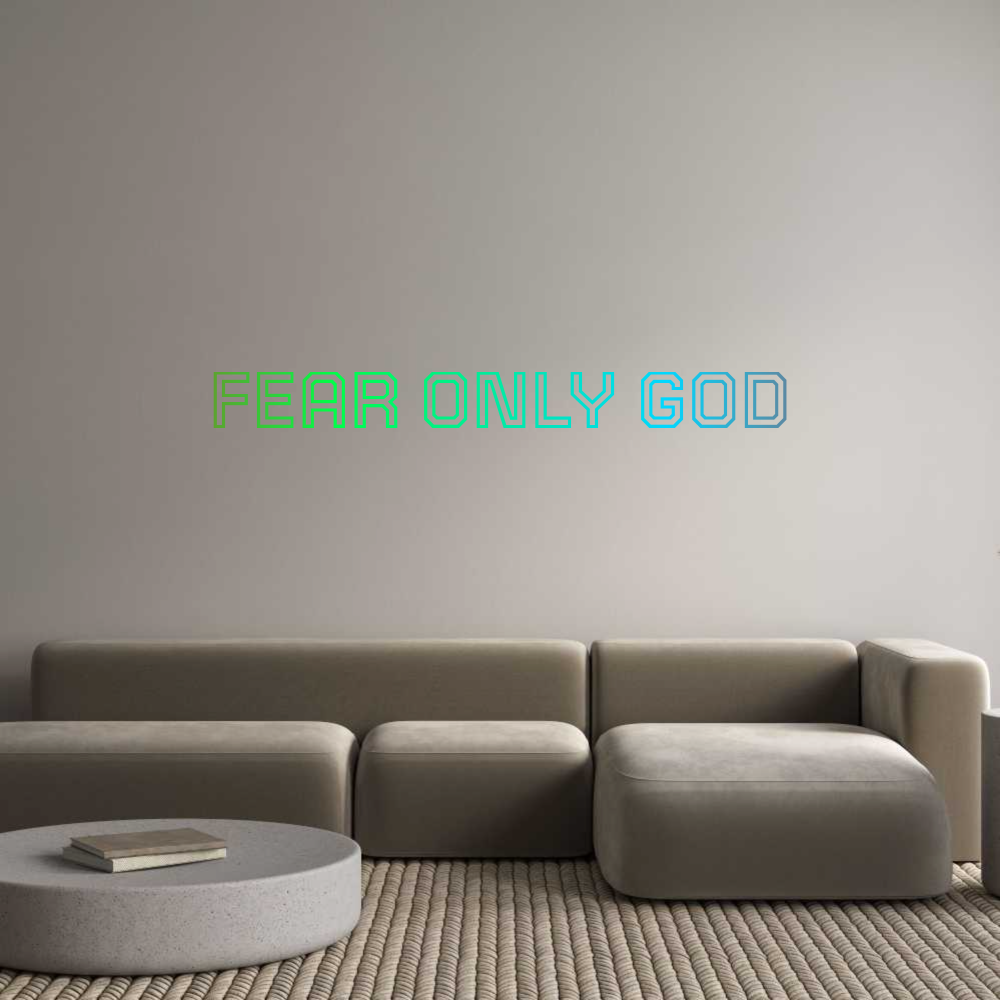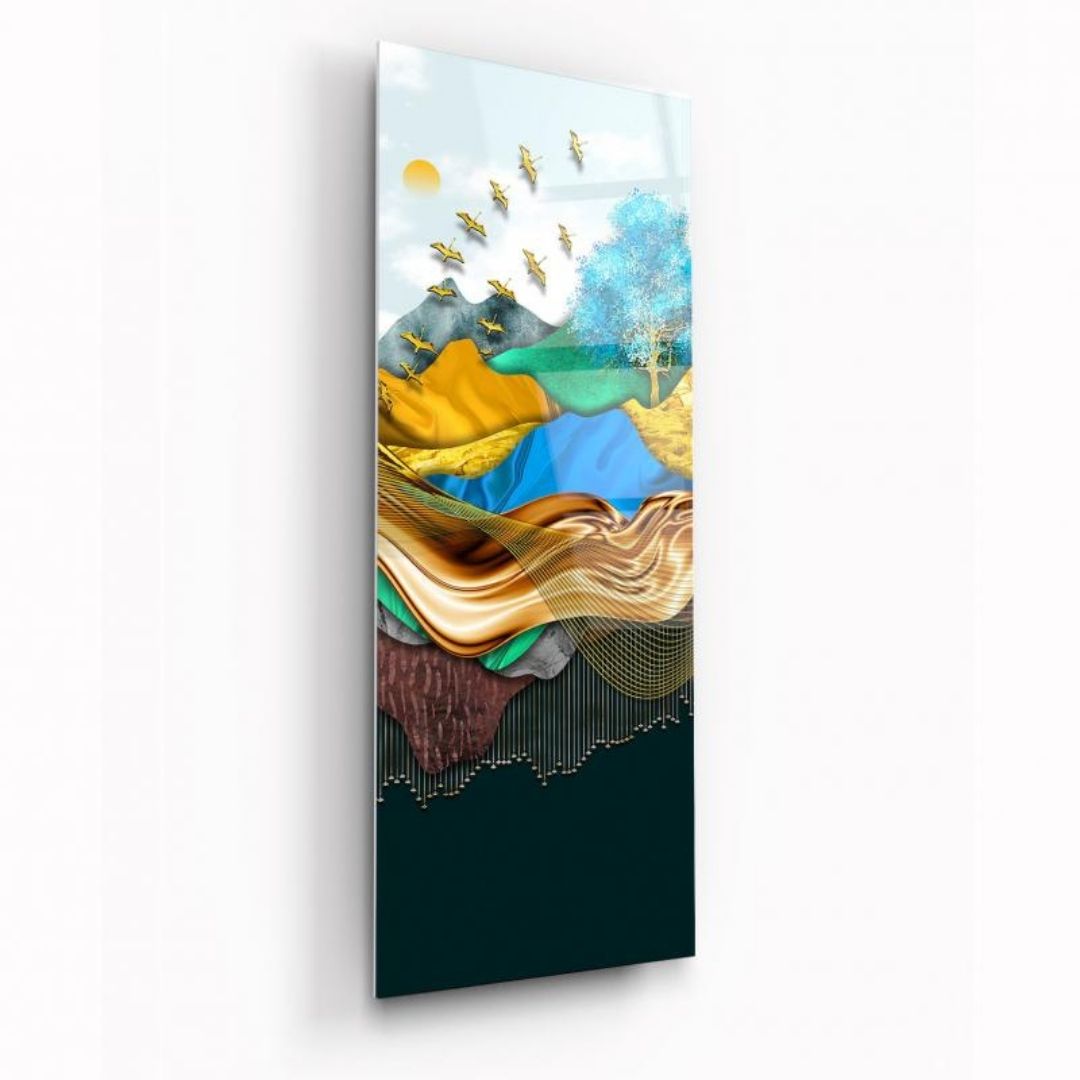Elden Ring is an upcoming action role-playing game developed by FromSoftware and published by Bandai Namco Entertainment. The game is set in a world created by Hidetaka Miyazaki, the creator of the Dark Souls series, and George R. R. Martin, the author of the A Song of Ice and Fire series.
Elden Ring promises to be an epic adventure, with a vast and immersive world that players can explore. One of the most distinctive features of the game is its use of paintings to bring the world of Elden Ring to life. In this article, we'll take a closer look at how Elden Ring's paintings are used in the game and why they are so effective.
The role of paintings in Elden Ring's world-building
Elden Ring's paintings play a critical role in the game's world-building. Every aspect of the game, from the characters
to the environments, is carefully crafted to create a rich and immersive experience. The paintings are an integral part of this process, serving as a way to convey the world's history and mythology.
The paintings in Elden Ring are not merely decorative; they are an essential part of the game's lore. Each painting tells a story, and players must piece together the stories to understand the world they are exploring fully. The paintings are often cryptic and require interpretation, adding a layer of mystery and intrigue to the game.
One of the most significant advantages of using paintings in world-building is that they allow the developers to convey a vast amount of information in a relatively small space. Instead of relying on lengthy exposition or dialogue, the paintings can communicate the game's backstory and mythology quickly and efficiently.
The importance of attention to detail in Elden Ring's paintings
A critical aspect of Elden Ring's paintings is the attention to detail. The developers have gone to great lengths to ensure that every painting is meticulously crafted, from the brushstrokes to the color palette. The level of detail is essential because it helps to create a sense of immersion for the player.
The paintings in Elden Ring are not just there to be looked at; they are there to be experienced. The attention to detail helps to make the paintings feel like they are part of the game world, rather than just a static image. The paintings are often interactive, with hidden details and secrets that can be uncovered by the player.
The attention to detail also extends to the game's environments. The landscapes in Elden Ring are vast and varied, with each area having its unique look and feel. The paintings help to tie these environments together, creating a cohesive world that feels like it has a real history and culture.
The use of color and light in Elden Ring's paintings
Another essential aspect of Elden Ring's paintings is the use of color and light. The game's developers have carefully crafted the color palette of each painting to create a specific mood or atmosphere. The use of light is also crucial, with shadows and highlights used to create depth and contrast.
The use of color and light is essential because it helps to create an emotional connection with the player. The paintings in Elden Ring are not just there to be admired; they are there to evoke a feeling or emotion. The use of color and light can create a sense of awe, wonder, or even fear, depending on the painting's subject matter.
The impact of Elden Ring's paintings on gameplay and player experience
Elden Ring's paintings have a significant impact on gameplay and the player experience. The paintings are not just there to look pretty; they are often used to guide the player through the game world. The paintings can highlight areas of interest or provide clues about how to progress through the game.
The paintings also help to create a sense of immersion for the player. By using paintings to convey the game's mythology and backstory, the player feels like they are a part of the world they are exploring. The paintings add depth and meaning to the game, making it more than just a series of challenges to overcome.
The process of creating the paintings for Elden Ring
Creating the paintings for Elden Ring was a massive undertaking. The developers had to work closely with the game's writers to create a cohesive world with a rich history and mythology. The paintings were created by a team of artists who worked tirelessly to ensure that every detail was perfect.
The process of creating the paintings involved several stages. First, the writers would provide the artists with a rough concept of what they wanted the painting to convey. The artists would then create a rough sketch, which would be reviewed and revised until it was perfect. The final painting would then be created using a combination of traditional and digital art techniques.
Comparing Elden Ring's approach to other video game art styles
Elden Ring's approach to using paintings in world-building is relatively unique in the video game industry. While other games have used paintings and artwork to create atmosphere and mood, Elden Ring takes it to the next level. The paintings in Elden Ring are not just there for decoration; they are an essential part of the game's lore and mythology.
Other games have used different art styles to create atmosphere and mood. Games like Limbo and Ori and the Blind Forest use a minimalist art style to create a haunting and atmospheric world. Games like Cuphead and Hollow Knight use a hand-drawn, 2D art style to create a nostalgic and charming world.
The future of video game art and storytelling
Elden Ring's use of paintings to create a rich and immersive world is just one example of how video game art and storytelling are evolving. As technology continues to advance, we can expect to see new and innovative ways of creating immersive game worlds.
Virtual reality is one area where we can expect to see significant advancements in video game art and storytelling. VR allows players to fully immerse themselves in the game world, creating a more profound emotional connection with the game's characters and story.
Conclusion: Elden Ring's paintings set a new standard for video game world-building
Elden Ring's use of paintings to bring the game world to life is a significant achievement. The level of detail and attention to the color and light create a sense of immersion that is unmatched in other games. The paintings are not just there for decoration; they are an essential part of the game's lore and mythology.
The use of paintings in Elden Ring sets a new standard for video game world-building. It shows that video games can be more than just mindless entertainment; they can be a form of art that inspires and captivates us. Elden Ring is sure to be a game that will be remembered for years to come, and its paintings are a significant reason why.






Leave a comment
All comments are moderated before being published.
This site is protected by hCaptcha and the hCaptcha Privacy Policy and Terms of Service apply.